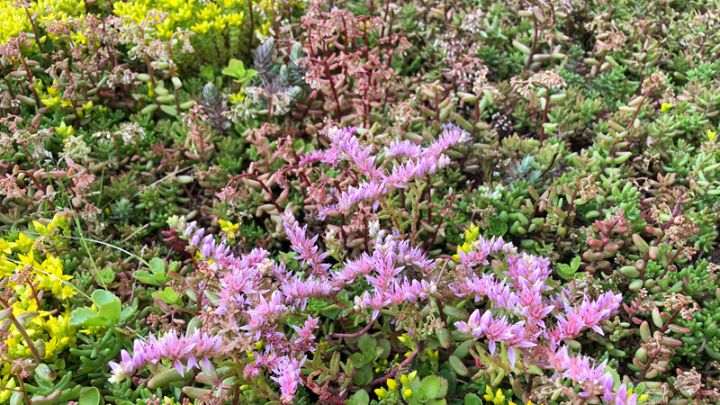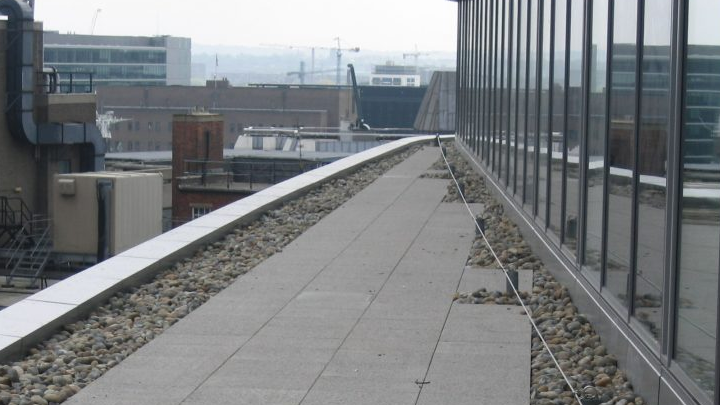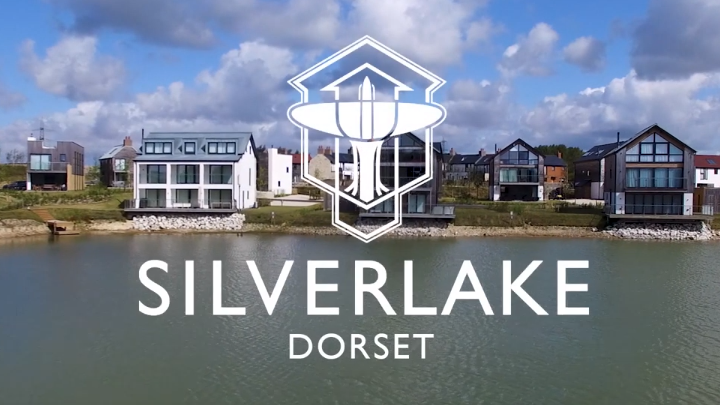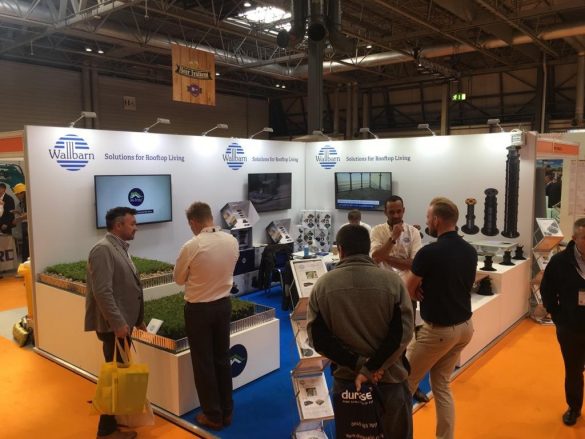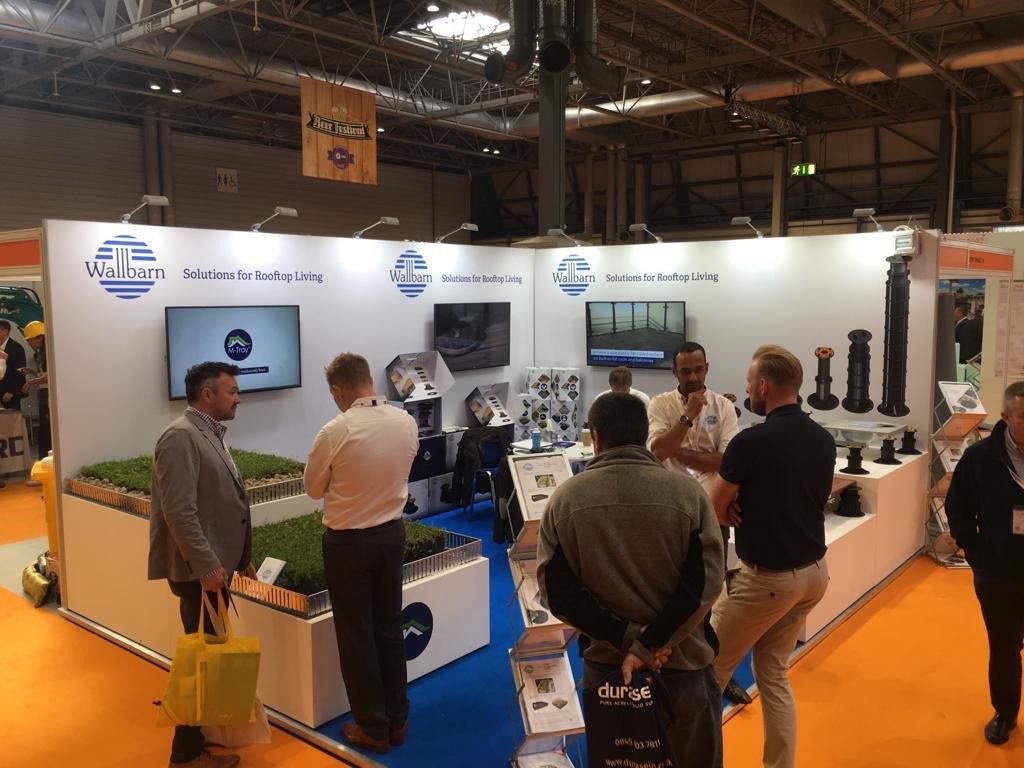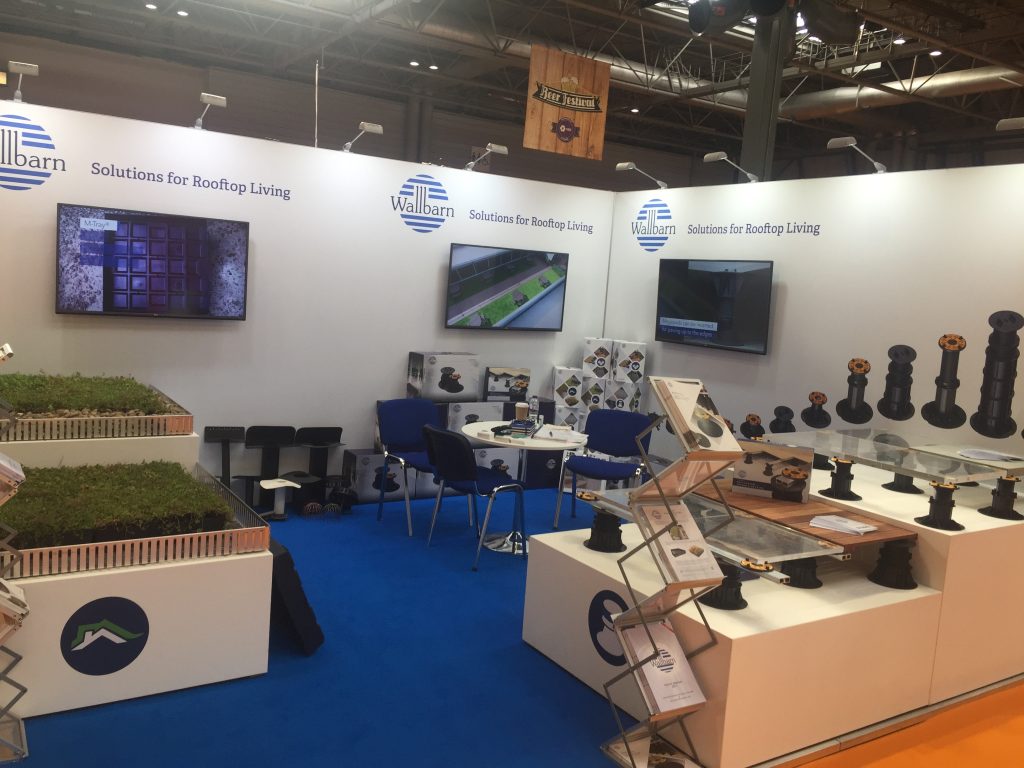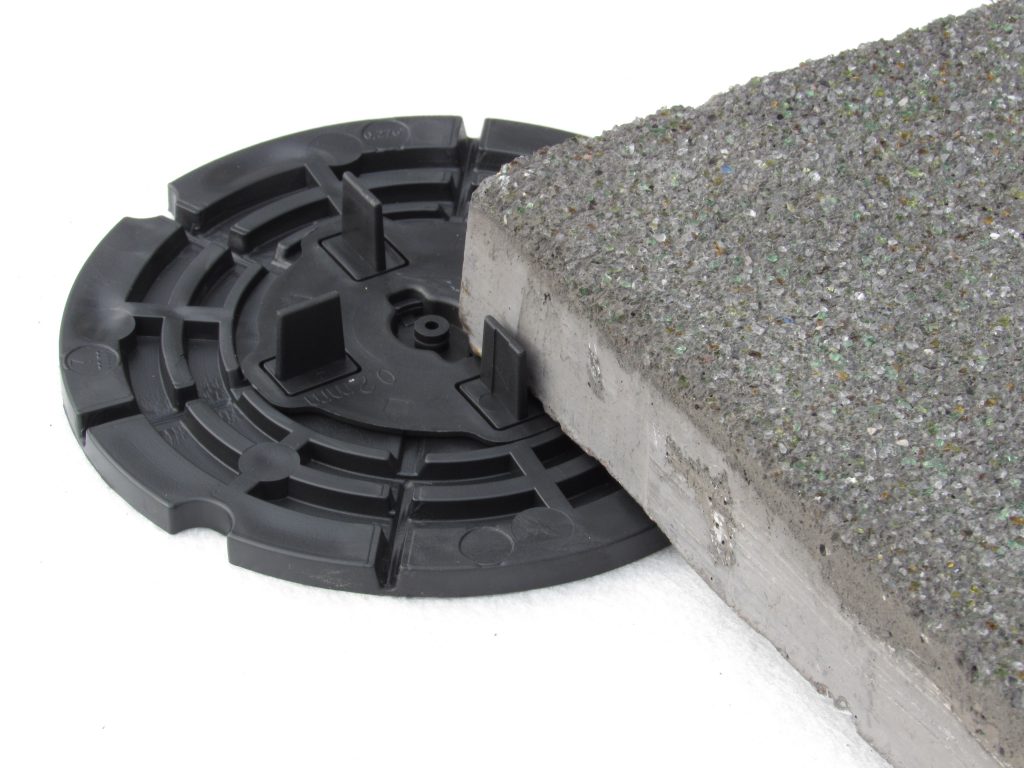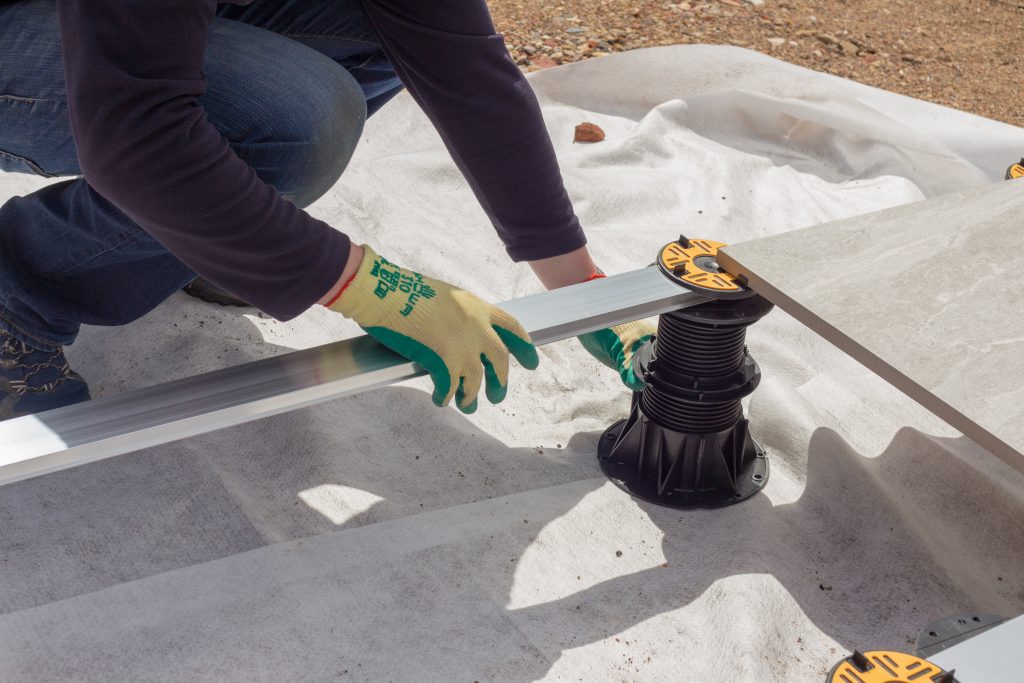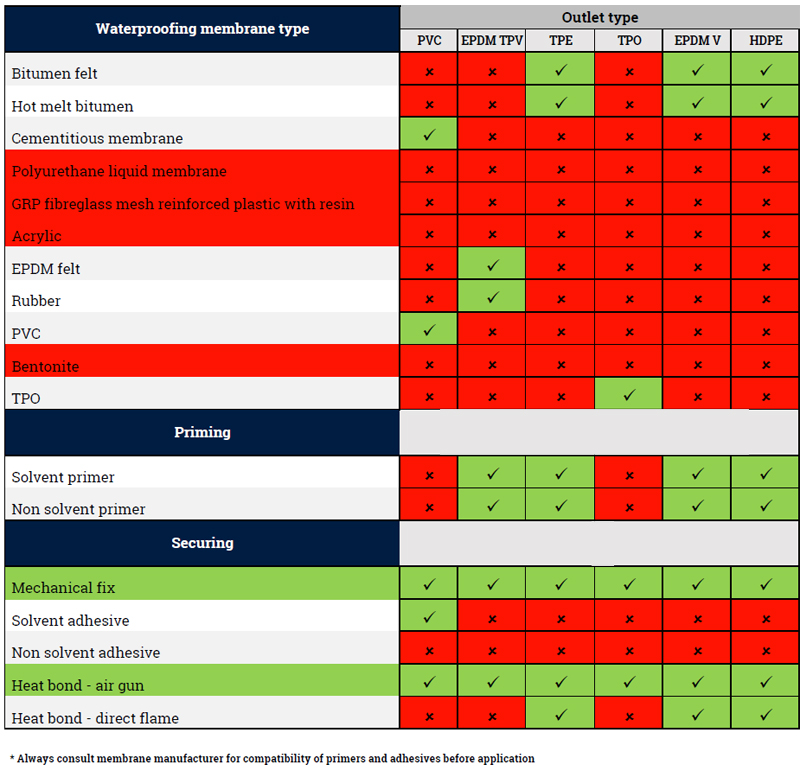There is a lot of chatter about “wildflower” green roofs and throughout this post, we aim to shine a light on what separates wildflower green roofs from standard green roofs.
What Are Wildflower Green Roofs?
Wildflower or biodiverse green roofs are supposed to contain a mixture of native flower species to attract native insects and birds. However, if you were to prepare a green roof substrate of bare earth and introduce a few native flowers after a period of time the roof will become overrun with grass and very invasive weeds such as goat willow, bindweed and nettles. The result after time will be unsightly and potentially dangerous for the membrane beneath.
Staying Ahead of The Curve
To complement our wildflower green roof options, we are currently working on testing a wildflower M-Tray® mix with taller, more delicate flowers than standard sedum.
The winter is a crucial time to help address common issues such as re-seeding and transportation and the next few months will be essential in developing the most durable option possible.
Choosing The Correct Sedum
Many “wildflowers” are either annual or biennial or have such large root structures that they are unsuitable for green roofs.
What to do? Wallbarn is offering a solution by using the standard sedum M-Tray® green roofs as a basis for our green roof and adding wildflower seeds. Our sedum mix, which is based on the Jellito “Northern European and English Mix” seed mix which that company supplies, contains native sedum species and those deemed suitable for the English climate. Many of these sedums are flowering, have different leaf structures and textures, and grow and retreat throughout the year.
Sedum is not just a green carpet. It has many different varieties and if it is planted up in the right manner, can produce an extremely complicated and attractive garden.
The Correct Way To Introduce The Wildflower Seed Mix
In order to get more wildflowers into the system, Wallbarn is broadcasting the sedum trays with a wildflower seed mix at the point of harvesting and packing.
If we planted up wildflower trays on the farm, the flowers would be crushed upon packing and would be dead by the time they were delivered. Therefore, the tray units will look like regular sedum trays when they are delivered. The seeds will start to germinate immediately and will start to appear as flowers within 3 weeks of delivery and watering (we recommend that the trays are watered once installed).
This seed mix is designed to attract bees and butterflies, so will increase the amount of nature on the roof.
“Wildflower” Green Roofs Need To Be Maintained
There are certain things to consider: these flowers are chiefly annuals, so will die off at the end of the growing season.
Therefore, in order to have flowers the next year, the roof will need to be reseeded. Either people can harvest the seeds in this season’s crop to sow the next year, or purchase another seed mix (available from Wallbarn) the next spring. Also, these wildflowers can grow very high, up to 80cm and will have much more fibrous structures than sedum (which is succulent) so the dead stalks and other vegetation will turn not rot but remain on the roof after the flowers have died off.
This makes the roof look unsightly and is also a potential fire risk, so these dead stalks should be removed every autumn. Clients should bear this additional maintenance in mind when choosing wildflower – if the roof is inaccessible this can prove a major problem. The additional costs of more maintenance should also be factored.
Need More Information?
More information on Green Roofs can be found on our website.
If you would like to talk to us to discuss our green roof solutions, please contact us today on 0208 916 2222 or email sales@wallbarn.com.
